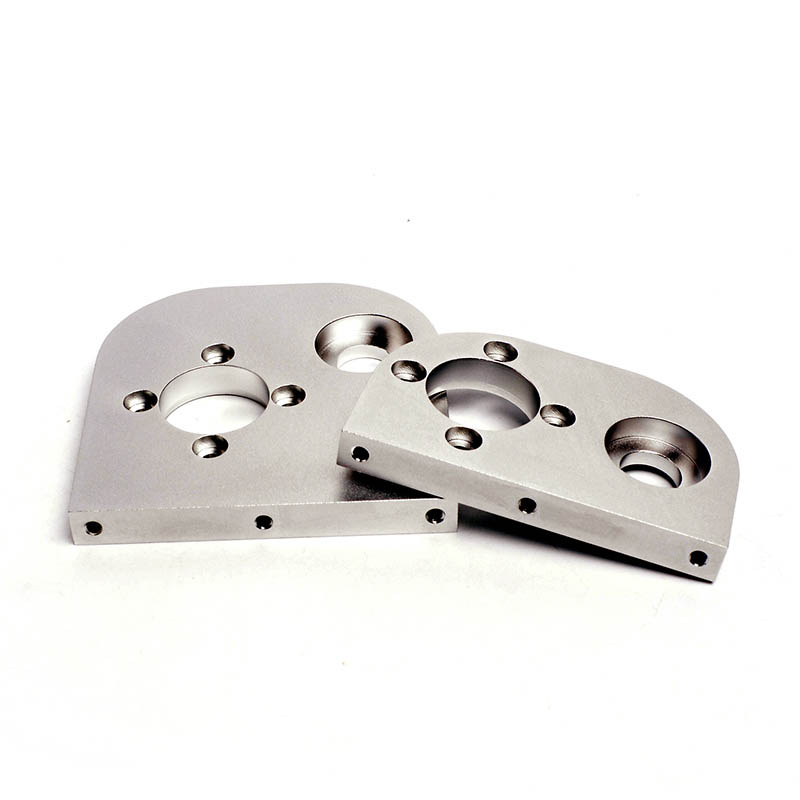
CNC machining, or computer numerical control machining, is a manufacturing process that utilizes computer-aided machines to cut metal or other materials into intricate patterns and shapes. It offers many unique benefits that make it a valuable technology for a wide range of industries.
Among the outstanding CNC machining benefits for machinists is that it allows them to re-shape and redesign existing parts without having to start from scratch. When they do create a part from scratch, they do so through CAD (computer-aided design) software which enables them to make very intricate designs with minimal wasted material. This method of machining can reduce waste and save money thanks to the computer’s capabilities and automation, instead of relying on human operators. Additional valuable differences make themselves plain depending on the application. In this article, we’ll look at some of the top CNC machining benefits.
CNC machining is not only efficient, but it can also minimize material wastage thanks to its precision and accuracy. As long as the part is designed properly in the computer, the machine itself will almost never make faulty cuts, so there will be fewer damaged parts to discard. The machine can handle precise cuts and angles without generating much waste.
One of the major CNC machining benefits is accuracy. Because CNC machines receive precise instructions from a computer — and the movements are similarly carried out under computer control — their results will be identical each time and will match the computer model closely. This is a huge advantage when it comes to creating parts with tight tolerances. This capability almost entirely eliminates human error from the equation.
Another industry-cornering CNC machining benefit is the inherent speed and efficiency of production. CNC machines are capable of producing products much more quickly and efficiently than traditional methods. Many modern units can even load the billet and unload the completed product without human intervention. Naturally, this capability leads to significant cost savings and increased productivity. In addition, this sort of automation makes parts more consistent.
Products whose components are created under computer numerical control are simpler to assemble. Because CNC machining is so precise and consistent, companion parts will fit together exactly as they do on the computer. And since the process is quicker than manual machining, you’ll spend less time waiting for parts to be completed. Unless there is a problem in the computer model, all parts should fit together perfectly. This capability can save a lot of time and money in the assembly process, as there is no need for extensive fitting and adjustment.
CNC machining removes significant safety risks from the shop floor. By automating the machining process, you can eliminate many of the hazards associated with manual machining. In addition, CNC machines are typically enclosed, which further reduces the risk of injury.
CNC machining uses less electricity than older processes, thereby reducing energy consumption. In fact, according to the EPA, CNC machining uses about one-seventh of the energy of traditional machining methods. There are multiple reasons; CNC machines not only work quickly but draw less power per minute than most other manufacturing methods.
CNC machining is an economical, efficient, and precise process of manufacturing parts and products. CNC machining also uses fewer raw materials in comparison to conventional machining. Focusing your shop around CNC technology will drastically reduce errors, production expenditures, and product costs.